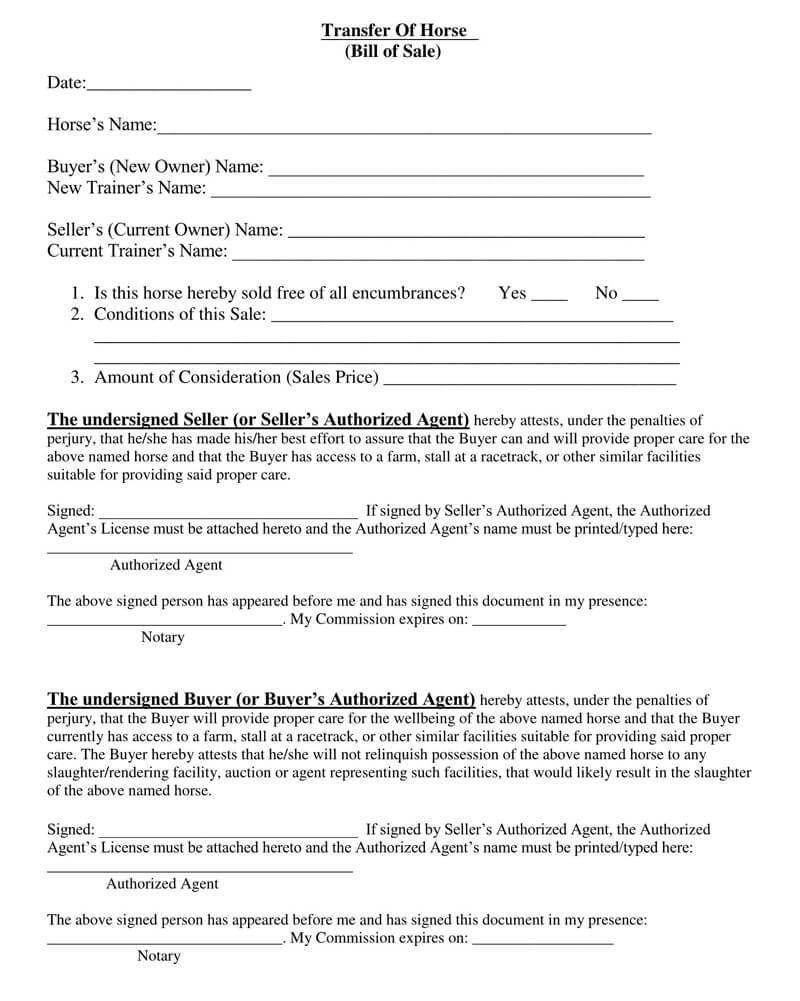
Research the market to find out how much horses of similar breeds, ages, and training are selling for. Selling a horse can be a complex process, but here are some general steps to get started: Step 1 – Determine Your Horse’s Value Date: when the horse was sold by the Seller to the Purchaser.Warranties: whether the horse is sold “as is” or if there are guarantees.Price: state the sale price and how the horse will be paid, whether in full or in installments, plus when the registration papers will transfer hands.Dam: details about the horse’s mother, including her registration number.Sire: details about the horse’s father, including his registration number.Description of Horse: the horse’s date of birth, coat color (bay/chestnut/gray), sex, breed, registration number, markings or tattoos.Buyer: the person buying the horse or becoming the new owner.Seller: the person who currently owns the horse being sold.Horse Bill of Sale RequirementsĪ simple Horse Bill of Sale is proof that the purchase occurred and includes the following details: A horse bill of sale is an official record that a horse was sold on a certain date for a certain price. The seller agrees to transfer horse ownership to the buyer in exchange for a certain amount.

Why Do You Need a Bill of Sale For a Horse?Ī horse bill of sale is a legal document that memorializes the sale of a horse between two parties – a seller and a buyer.Once signed, this document is a legally binding agreement that protects the buyer and seller if either party changes their mind or disputes arise.

When buying a horse or pony, a bill of sale for a horse shows that ownership of the equine has been officially transferred to a new person. A Horse Bill of Sale, or equine bill of sale, documents the sale or transfer of a horse between a seller and a buyer.


 0 kommentar(er)
0 kommentar(er)
